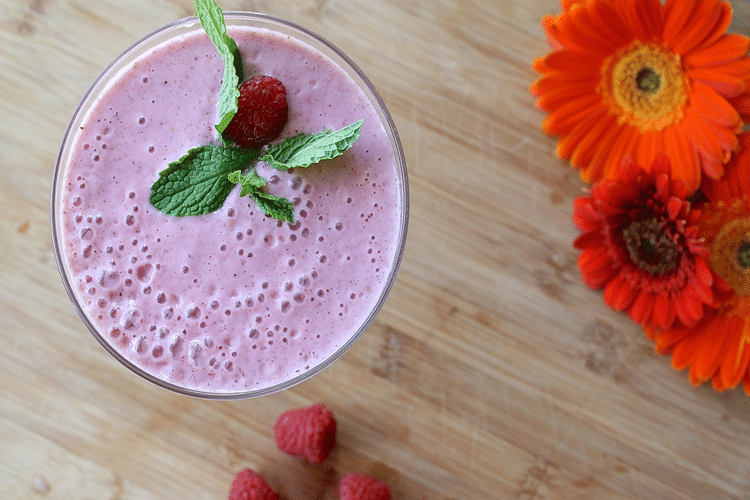
Things You Need to Know About Pilates
Most people probably haven’t heard of Pilates before, that is unless you are a health fanatic or know somebody that has decided to give it a go. At a first glance, pilates may seem similar to yoga. Although pilates is much more intense. Yoga focuses on flexibility whereas pilates focuses on relaxing and easing tense muscles.
Let’s face it, most of us have tense muscles somewhere on our bodies so it is worth knowing what we can do about it.
Pilates classes
Whilst you can decide to start pilates by yourself with the aid of a book or video, there is a fine art to achieving the desired goal. Not only that, left to our own devices, most of us can be a little lazy when it comes to exercise routines so joining a class is useful for many reasons.
One of the biggest skills to master is breathing. With the help of an instructor, you can enhance your knowledge of Breathe Education, also if you get stuck in some kind of odd position, there is help available.
There are two types of classes and you can even acquire a Pilates certification.
- The first type of class includes a mat
- The second uses a machine called a reformer which has the ability to slide along a stationary foot bar. Springs, straps, and pulleys help to provide resistance that aims to aid the toning process.
Rather than focusing on limitless reps or muscular depletion, both strategies emphasize control, there is also a focus on what kinds of foods you eat. The ultimate purpose of pilates is to strengthen and isolate the proper muscles by working against gravity and (in the case of the reformer) the resistance of the springs or bands.
Many clients enjoy the sensation of working out on a reformer because it provides additional resistance and a sliding surface that makes your workout more challenging.
Feel the burn
Be prepared to be sore either during class or the next day, for some they may be tender for a few days after initial classes or a new exercise. As with any exercise that tears muscle will come discomfort, but fear not, the pain will likely mean – results.
The whole process of muscle growth requires the muscles to be used and stretched in such a way that the muscle fibers are torn, they heal very quickly, however, they must go through this process in order to achieve growth.
When torn muscle fibers knit back together and heal, they, in turn, grow, hence you should notice one of, or both of these things happening; muscle tone, this is how dense your muscles are, or muscle growth; simply obtaining bigger muscles. Check out this information from the NHS to better educate yourself on the matter of exercise in general.
Do bear in mind though that just because you have bigger muscles, this does not mean that you are stronger than somebody that has more tone to their muscles. It’s no good having physically big-looking muscles that are soft and not much more powerful than they were before, it is much better to have smaller muscles that have density and proper toning, toning can often provide stronger and more powerful muscles than those of a bigger size.









